NEW CALIFORNIA POETRY
| edited by | Robert Hass Calvin Bedient Brenda Hillman Forrest Gander |
, by Carol Snow
Enola Gay, by Mark Levine
Selected Poems, by Fanny Howe
Sleeping with the Dictionary, by Harryette Mullen
Commons, by Myung Mi Kim
The Guns and Flags Project, by Geoffrey G. OBrien
Gone, by Fanny Howe
Why/Why Not, by Martha Ronk
A Carnage in the Lovetrees, by Richard Greenfield
The Seventy Prepositions, by Carol Snow
Not Even Then, by Brian Blanchfield
Facts for Visitors, by Srikanth Reddy
Weather Eye Open, by Sarah Gridley
Subject, by Laura Mullen
This Connection of Everyone with Lungs, by Juliana Spahr
The Totality for Kids, by Joshua Clover
The Wilds, by Mark Levine
I Love Artists, by Mei-mei Berssenbrugge
Harm., by Steve Willard
Green and Gray, by Geoffrey G. OBrien
The Age of Huts (compleat), by Ron Silliman
Selected Poems, 19742006: its go in horizontal, by Leslie Scalapino
rimertown / an atlas, by Laura Walker
Ours, by Cole Swensen
Virgil and the Mountain Cat, by David Lau
Sight Map, by Brian Teare
Transcendental Studies: A Trilogy, by Keith Waldrop
Rs Boat, by Lisa Robertson
Green is the Orator, by Sarah Gridley
Writing the Silences, by Richard O. Moore Writing the Silences

RICHARD O. MOORE Writing the Silences EDITED BY Brenda Hillman and Paul Ebenkamp FOREWORD BY Brenda Hillman

University of California Press, one of the most distinguished university presses in the United States, enriches lives around the world by advancing scholarship in the humanities, social sciences, and natural sciences. Its activities are supported by the UC Press Foundation and by philanthropic contributions from individuals and institutions.
For more information, visit www.ucpress.edu . University of California Press
Berkeley and Los Angeles, California University of California Press, Ltd.
London, England 2010 by The Regents of the University of California Frontispiece: Richard O. Moore, Venice, Italy, 1978. Photo by Barbara Van Dyke. LIBRARY OF CONGRESS CATALOGING-IN-PUBLICATION DATA
Moore, Richard O. Writing the silences / Richard O.
Moore ; edited by Brenda Hillman and Paul Ebenkamp ; foreword by Brenda Hillman. p. cm. (New California poetry ; 30) ISBN 978-0-520-26243-0 (cloth : alk. paper)
ISBN 978-0-520-26244-7 (pbk. paper) I. paper) I.
Hillman, Brenda. II. Ebenkamp, Paul. III. Title. PS3613.O5666W75 2010
811.6dc22 2009032807 Manufactured in the United States of America 19 18 17 16 15 14 13 12 11 10
10 9 8 7 6 5 4 3 2 1 The paper used in this publication meets the minimum requirements of ANSI/NISO Z39.48-1992 (R 1997) (Permanence of Paper).
For Flinn, David, Lisa, Michael, Anthony, Aran Foreword About a decade ago, a quiet man by the name of Richard O. Moore who looked to be in his seventies signed up for my class at a writers conference. I was struck by the intensity of his poetry, by its philosophical meditations. We talked about Buddhism and Gnosticism, about language and interiority, non-being, the insides of words, about silence and about the thing, about the impossibility ever of reaching it. We talked about the concrete words for the concept of nothingness that Kierkegaard had introduced with such material forcethe void, the abysswords that now settle into utter paradox with a Heideggerian twist and a textured absence. He was interested in Wittgenstein and language theory, in modernist quandaries of liminal states of feeling, and he wrote of the conjunction of idea and language as material but not purely abstractly or theoretically.
It was a quest. His reading and interests were not the usual fare of a writers conference. I asked him about his writing life; he had been writing a long time, he said, but had only been working on the poems at hand for about ten years or so. His manner was modest and self-effacing; he was (and is) nearly incapable of accepting praise. Because I was engaged by his quest, by the variety of the work and by the mental life reflected there, I felt determined to follow his progress. Our exchanges continued after the conference; he was living up in Point Arena at the time, and we corresponded through several changes in his lifethe loss of his wife, several moves.
I read everything he sent me with pleasure, sometimes offering editorial suggestions. Poetry seems to sort itself into work one would not want to read again and work one would want to read again, and Moores poetry belonged to the second category. Because he hadnt told me anything about himself I had the idea that this fellow had always worked in intense isolation on the foggy coast of Northern California. A few years after those early exchanges, I realized the Richard O. Moore I knew was the Richard Moore who had belonged to the group known as the San Francisco Renaissance poets. I came across his name while rereading Michael Davidsons fascinating study, The San Francisco Renaissance.
I found out Moore was born in Ohio in 1920, attended the University of California at Berkeley in the late 1930s, and had first studied poetry under the tutelage of Josephine Miles, developing an ear for efficient meters and for subtle ironies. One can see the influence of Miless careful measures in the early work collected here. The poetry from that period is often bardic, with a sweeping symbolism; the sections of A History Primer and At Caesars Gate also show the influence of Yeats. Moore has noted he cant remember when he first heard about Kenneth Rexroths literary salons, but in the late 1930s (when they were still students), he and Tom Parkinson traveled across the Bay to attend the Fridaysas well as meetings of the Anarchist-Libertarian Circleat the home of Kenneth and Marie Rexroth on Potrero Hill. These gatherings are documented both in Davidsons study and in Linda Hamalians biography of Rexroth. When asked what the Fridays consisted of in the early days, Moore replied, What they always consisted of: whatever was on Kenneths mind at the time.
The legendary group was also from its inception open to people Rexroth invited in a spontaneous fashion; Moore has noted wryly, It was not so much about who was invited but about who hadnt been kicked out! Grounded in anarchist-pacifist principles, the group included political activists, poets, visual artists and friends of the Rexroths. Over the next decades, it grew to include not only Moore and Parkinson but alsoon occasionpoets Helen Adam, James Broughton, Robert Duncan, William Everson, Madeline Gleason, Philip Lamantia, James Laughlin, Jack Spicer and Philip Whalen, among others, as well as poets later associated with the Beat Movement: Allen Ginsberg, Michael McClure and Gary Snyder. Marthe Rexroth Whitcomb, Rexroths third wife, has noted in conversation that some of the early participants of the group were Italian chicken-farmer anarchists from Petaluma. At one point, William Carlos Williams dropped by when he was in town. During one period, the Friday group also met for a time at Richard Moores apartment at the corner of Post and Mason. From his earliest days at Berkeley, Moore was drawn to the formal study of philosophy; he became a pacifist.
As World War II started, he stopped working on his degree, attracted by the ideals of political activism, and began to pursue dance and poetry. Moore tells a story (recounted at greater length in Matthew Lasars
Next page

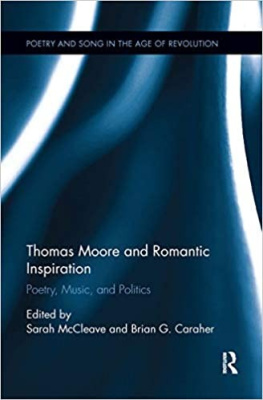
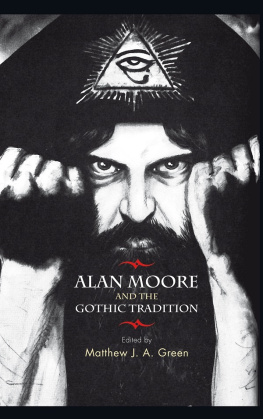



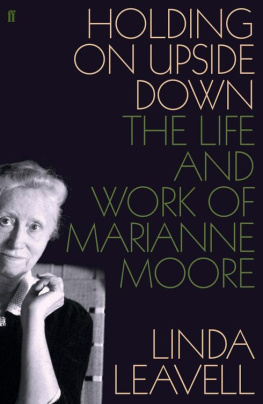
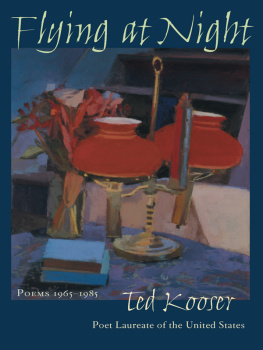

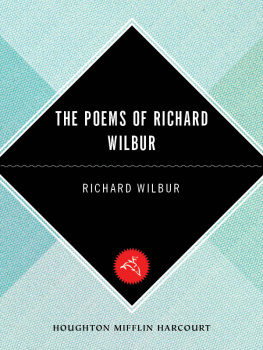
 RICHARD O. MOORE Writing the Silences EDITED BY Brenda Hillman and Paul Ebenkamp FOREWORD BY Brenda Hillman
RICHARD O. MOORE Writing the Silences EDITED BY Brenda Hillman and Paul Ebenkamp FOREWORD BY Brenda Hillman  University of California Press, one of the most distinguished university presses in the United States, enriches lives around the world by advancing scholarship in the humanities, social sciences, and natural sciences. Its activities are supported by the UC Press Foundation and by philanthropic contributions from individuals and institutions.
University of California Press, one of the most distinguished university presses in the United States, enriches lives around the world by advancing scholarship in the humanities, social sciences, and natural sciences. Its activities are supported by the UC Press Foundation and by philanthropic contributions from individuals and institutions.